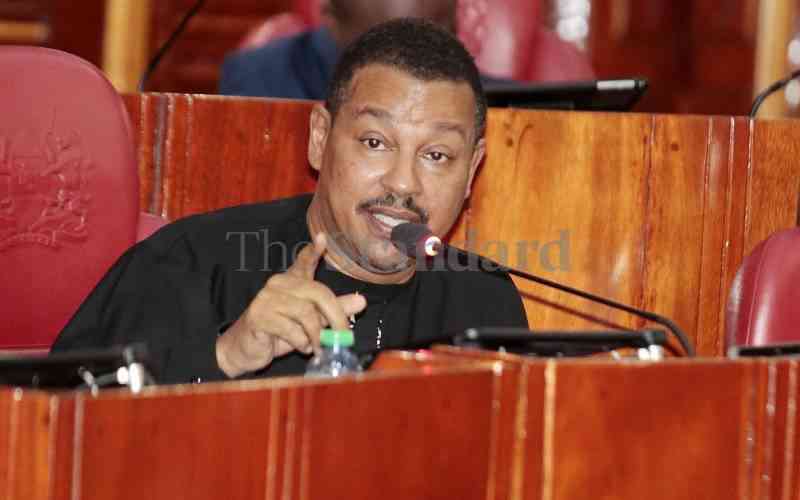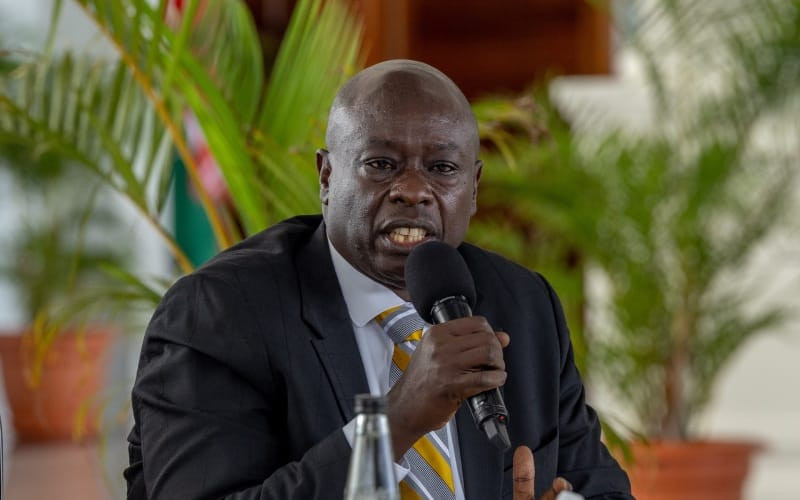 |
|
Sugarcane |
By Michael Arum, Co-ordinator, Sugar Campaign for Change
As the president prepares to visit Western Kenya, the key good news sugarcane farmers wish to hear is that there is no more threat caused by looming expiry of COMESA safeguard measures come February 2014.
The critical thing to note is that the sugar industry was destroyed because of corruption and bad management, and not because of sugarcane farmers.
It is crucial to recognise what sugar can do for political stability in Kenya, for economic growth including fighting poverty, and for saving the environment.
It is a no to the ‘Expiry of COMESA’ safeguard measures and not new agricultural laws. It would be beneficial to classify Sugar as Basic Commodity to attract permanent protection.
No doubt the sugar industry in Kenya is in chaos. The current state of sugar industry is primarily as a result of destructive political economy that has seen corruption, mismanagement, and lack of goodwill, vision and direction institutionalised not only in the sugar sub sector alone, but also in the agricultural sub sector as a whole. The result has been a systematic increase in poverty amongst farmers and a subsequent decline in the sustainability and efficient growth of the sub sector.
The situation has been exacerbated more by non-sequenced trade liberalization trade policies leading to an influx of imported (often dumped) sugar into the local markets. The sugar industry requires radical reform by all stakeholders.
For a developing country like Kenya, there is an overwhelming agreement that sugarcane farming is not about trade but rather about uplifting the standards of living of the people by being the major if not the only source of their livelihoods. The industry is intended to promote rural development through direct participation of the rural families in the sugarcane growing zones.
All the constituencies’ spanning Mumias and Busia sugar belts are ranked as higher poverty class, and high risk in terms of availability of food and malnutrition.
These poverty, malnutrition and food inadequacy indicators have dangerous future dimensions and are set to worsen unless prerequisite interventions are put in place.
This calls for concerted effort to adopt and implement appropriate policies, legal and institutional reforms.
Conflicting policies and incoherent regulatory framework within the sugar sub-sector will often result in failure to uplift the living standards of life to sugarcane farmers as intended.
Under efficient management, sugarcane is one of the most viable crops to grow economically compared to other crops.
 The Standard Group Plc is a
multi-media organization with investments in media platforms spanning newspaper
print operations, television, radio broadcasting, digital and online services. The
Standard Group is recognized as a leading multi-media house in Kenya with a key
influence in matters of national and international interest.
The Standard Group Plc is a
multi-media organization with investments in media platforms spanning newspaper
print operations, television, radio broadcasting, digital and online services. The
Standard Group is recognized as a leading multi-media house in Kenya with a key
influence in matters of national and international interest.
 The Standard Group Plc is a
multi-media organization with investments in media platforms spanning newspaper
print operations, television, radio broadcasting, digital and online services. The
Standard Group is recognized as a leading multi-media house in Kenya with a key
influence in matters of national and international interest.
The Standard Group Plc is a
multi-media organization with investments in media platforms spanning newspaper
print operations, television, radio broadcasting, digital and online services. The
Standard Group is recognized as a leading multi-media house in Kenya with a key
influence in matters of national and international interest.








